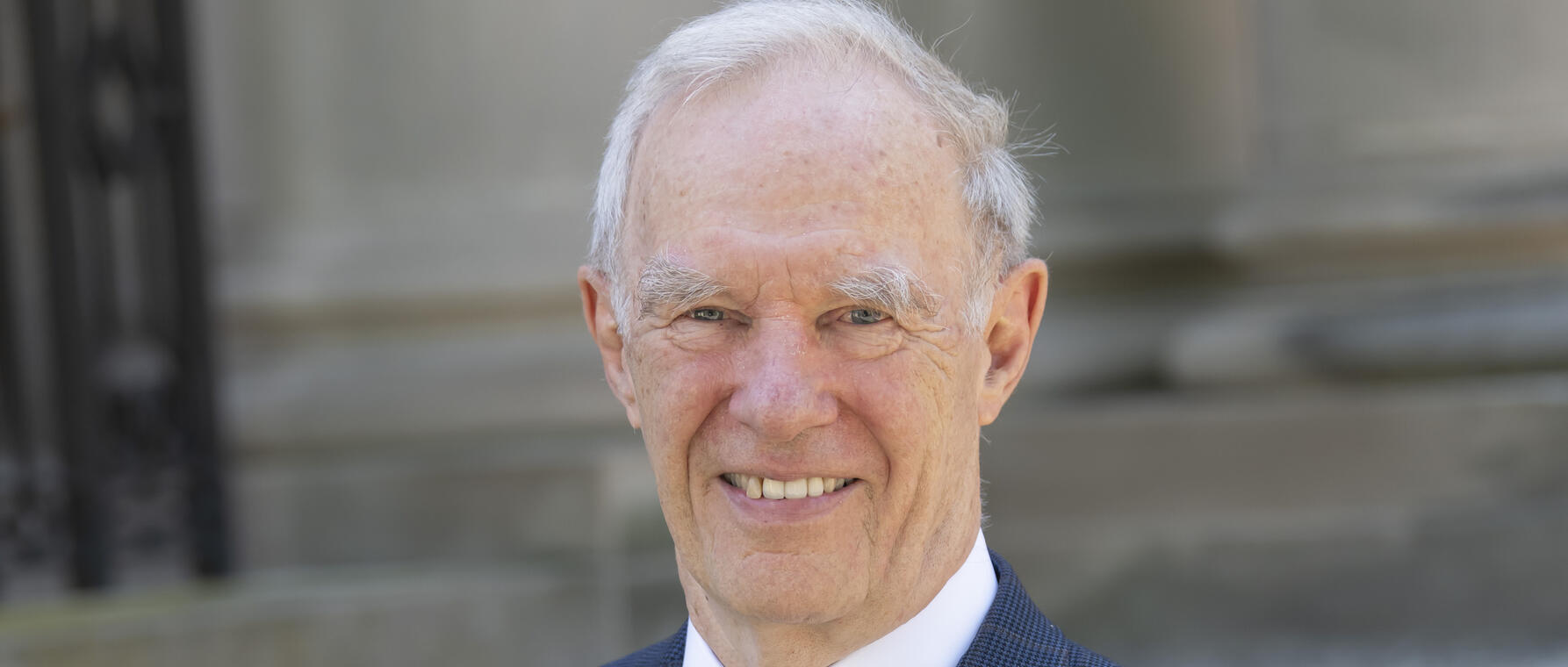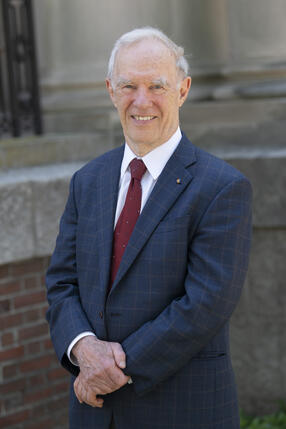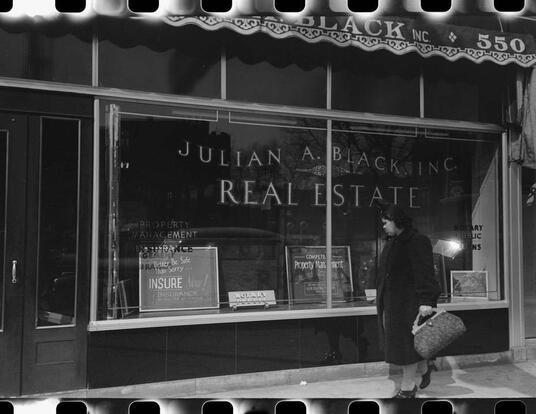Arthur Wheelock: 2024 Centennial Medal Citation

When we come into the presence of great works of art, they can change the way we see the world forever. In the museum and the classroom, through world-class exhibitions, curation, and scholarship, Arthur K. Wheelock, Jr., has been the architect of countless such encounters, enriching our understanding and experience of great masterpieces of Dutch and Flemish art.
Wheelock spent his storied career at the National Gallery of Art in Washington, D.C., where he served for more than 40 years as curator of Northern Baroque paintings, and at the University of Maryland, as a professor of art history. He has been knighted by the Dutch and Belgian governments, received multiple lifetime achievement awards, and is now senior adviser to the Leiden Collection, one of the largest private collections of Dutch art in the world. Raised in Uxbridge, Massachusetts, Wheelock attended Phillips Exeter Academy, earned his bachelor’s degree at Williams College in 1965, and completed his PhD in art history at Harvard in 1973, studying with famed art historians Seymour Slive and Jakob Rosenberg and writing his dissertation on Vermeer.
“Arthur was an important part of a group of scholars connected with Harvard who made Dutch seventeenth-century art a major field of study in this country,” says George S. Abrams AB ’54, LLB ’57, who with his late wife Maida donated hundreds of Dutch Golden Age drawings to the Harvard Art Museums, making Harvard home to the largest collection of these works outside of Europe. “Dutch seventeenth-century art is one of the most interesting and likable fields in art history, and it is a field that Harvard dominated,” Abrams observes. “Arthur was a keystone figure in this. He is exceptionally approachable and got to know many of the important people in the field, scholars and curators and collectors alike. He’s also a gifted teacher and has nurtured a great number of excellent scholars.”
Wheelock’s faculty position at the University of Maryland was distinctive and noteworthy. “At a big institution like the National Gallery or the Met, it’s not typical to also be a full-time professor,” explains William W. Robinson PhD ’96, emeritus curator of drawings at the Harvard Art Museums. “It speaks to Arthur’s energy and work ethic: he had to work extremely hard, but he found it rewarding and loved working with students.”
Wheelock brought equivalent energy to his work at the National Gallery. When he first arrived, the collection included impressive works of Northern Baroque art, but was relatively small and under-researched; during his tenure, he more than doubled the number of Dutch and Flemish paintings. “Arthur took what had been a rather conventional, unrepresentative collection, and added still lifes, seascapes, genre painting, architectural painting—things that were mostly absent from the collection when he started,” Robinson explains. “He turned a static collection into something much more interesting, and he was able to organize exhibitions on the very highest level.”
Wheelock mounted more than 40 exhibitions over the course of his career at the National Gallery, perhaps none more legendary than Johannes Vermeer, an exhibition that captured the world’s attention when it opened in 1995. Cynthia Schneider AB ’75, PhD ’84, former United States Ambassador to the Netherlands—who met Wheelock when she was a graduate student intern at the National Gallery and describes him as a person of “courage and integrity”—vividly remembers the fervor that his Vermeer exhibition generated. “People were sleeping on the streets in February, in the middle of winter, to get tickets for the next day,” Schneider recalls. “I’ve never heard of anything like it before or since.” The exhibition featured 21 of the approximately 35 paintings attributed to Vermeer—a world record at the time—including the View of Delft and

Girl with a Pearl Earring, and attracted more than 300,000 visitors. “Nobody thought it would be possible for such an exhibition to take place,” Schneider adds. “Vermeer is such a rare artist, and Arthur got so many of his masterpieces. And that’s because people respect him so much: they wanted to partner with him.”
Joseph Koerner, Victor S. Thomas Professor and chair of the Department of History of Art and Architecture, admires Wheelock’s talent and achievement across every dimension of his work. “Arthur combined in ways that were formative—as well as formidable—the integration of scholarship, conservation, and public outreach, while also producing imaginative and experientially rich exhibitions,” Koerner says. “He has a natural intuition as to what people actually like, rather than what art historians think people like. He also understands that an exhibition stands or falls not on the basis of the ideas or information that it conveys—through wall text, or a catalog—but rather through the immediate, manifest visual experience that it puts forward, letting the viewer decide what they want to get from it. Through the elegance and clarity of his exhibitions, Arthur always put the viewer in the driver’s seat.”
Arthur Wheelock, for elevating our engagement with great masterworks of Dutch and Flemish art—through your transformative curation and development of the collections at the National Gallery of Art; through riveting, landmark exhibitions; and through a lifetime of teaching and scholarship—we are proud to award you the 2024 Centennial Medal.
Photo credit: Tony Rinaldo
Get the Latest Updates
Join Our Newsletter
Subscribe to Colloquy Podcast
Simplecast Stitcher





